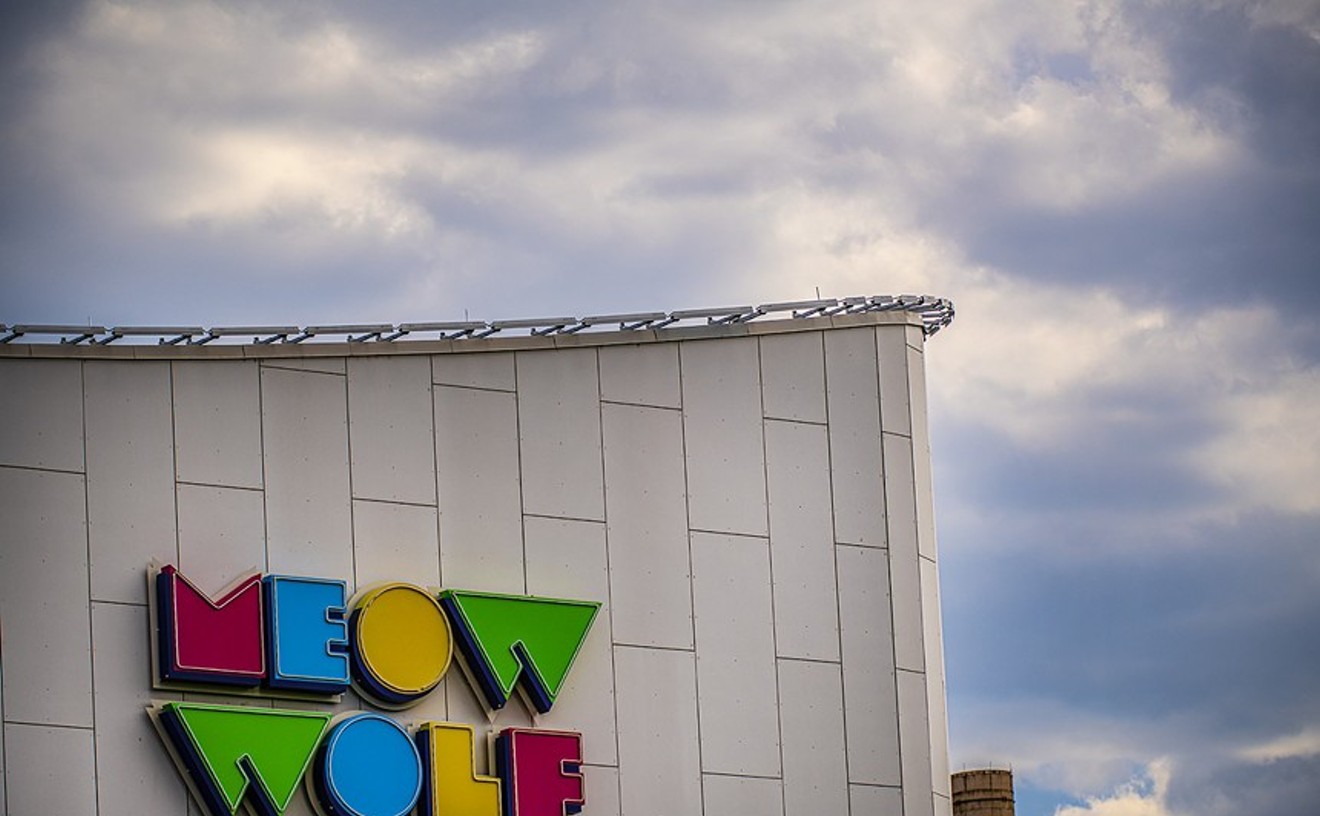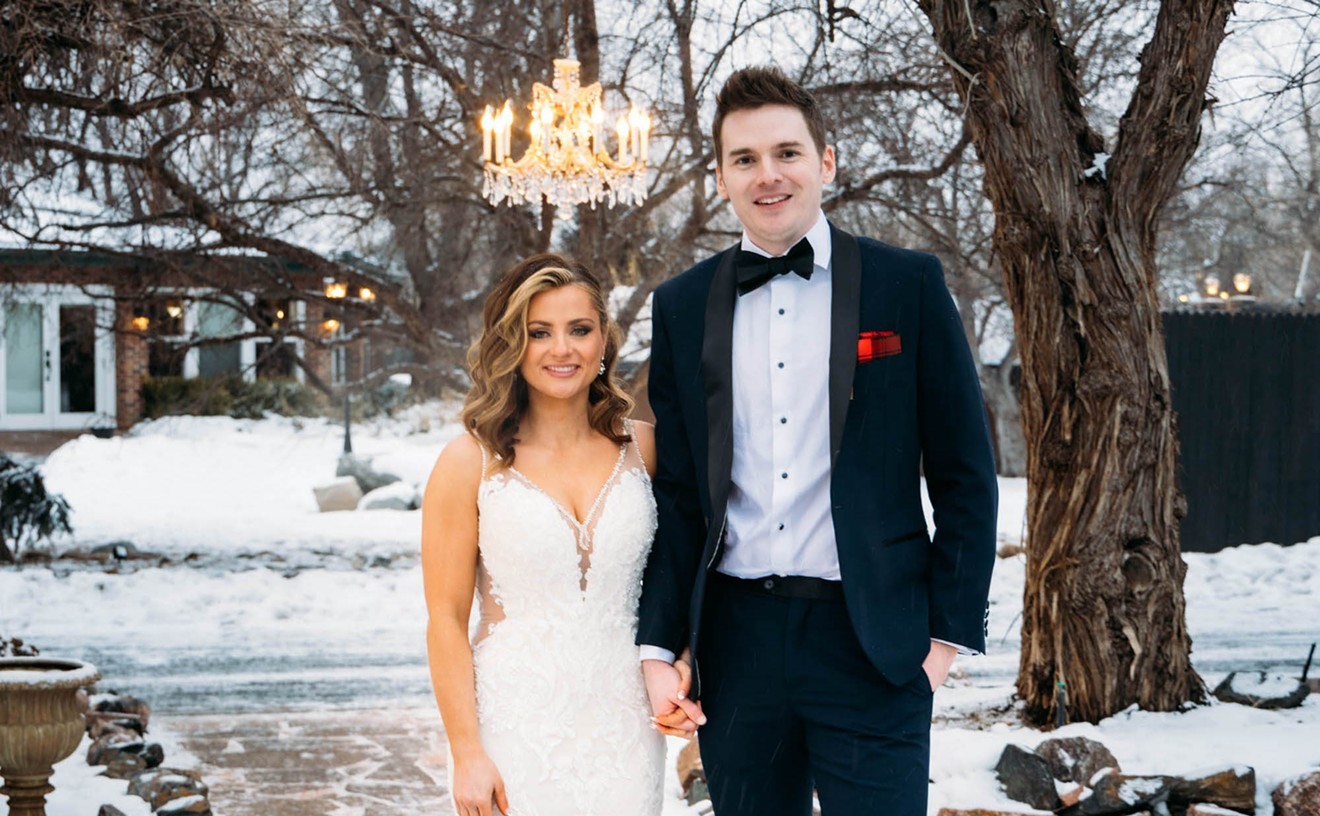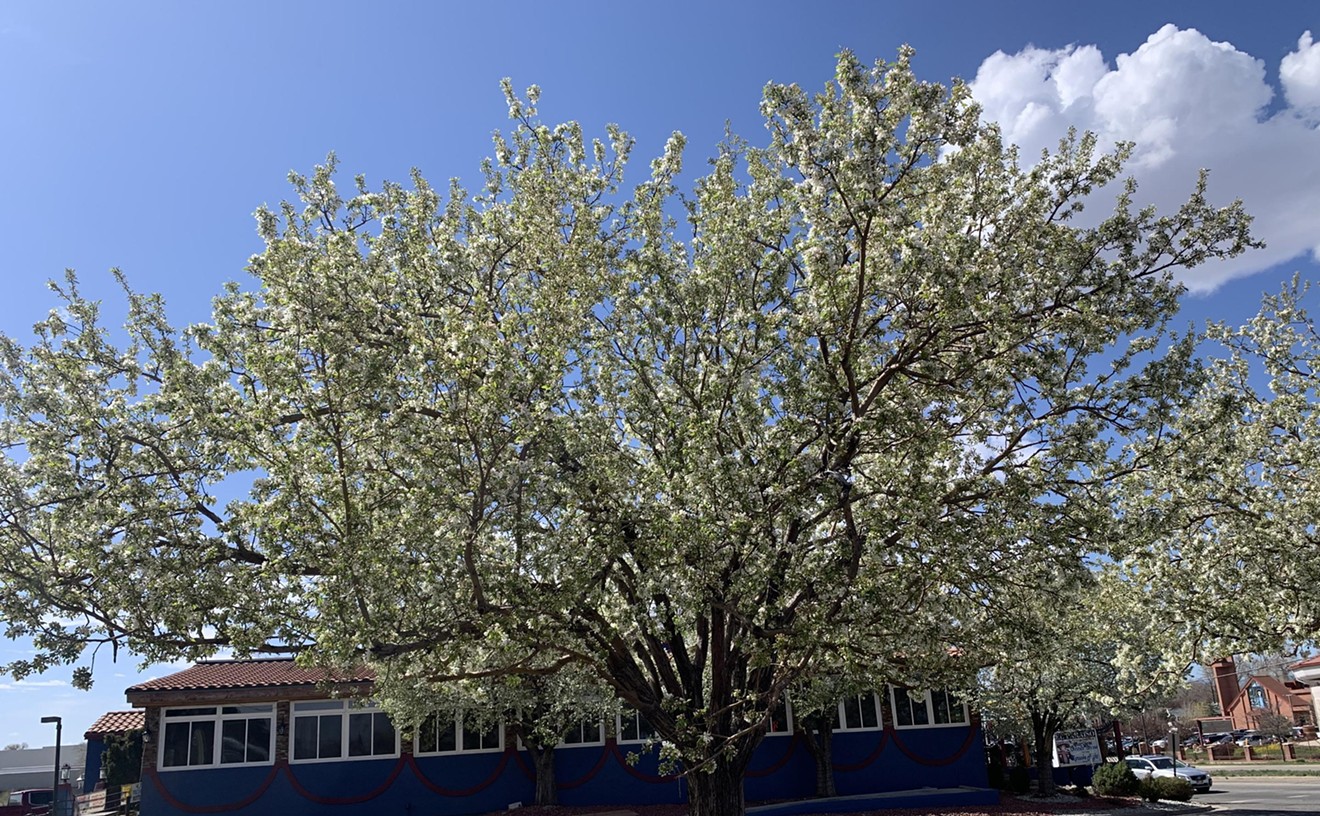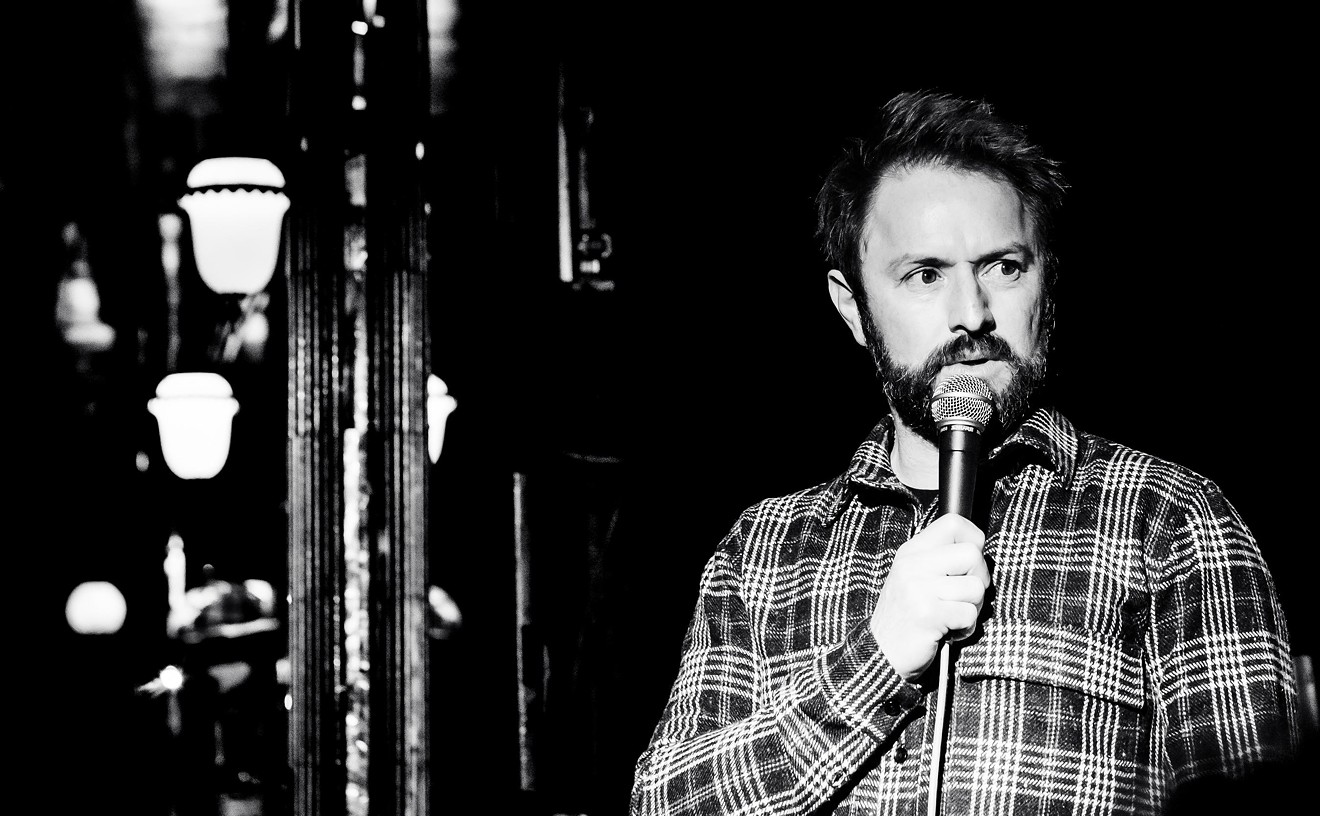Catherine Opie:I'll be on a panel with a group of women who wrote an interesting book called The Reckoning, which is dealing with gender inequality in the arts and looking at specific women's careers. We're going to be doing a panel, which is three hours long. On Thursday, at 12:30, I do an independent artist lecture, which is 45 minutes. It will be going through my various bodies of work, starting at about 1991.
So you're going all the way back?
I'm going all the way back, but I'm going to do it very quickly. I'm going to barrage everybody with over 300 images in 45 minutes. It's a new challenge. We'll see if they can handle it.
I think people can probably take five times that as long as there aren't too many words.
I hope so. I'll try to keep it interesting. I'll keep the pace going so that they can understand the breadth of my work and my concerns around issues of representation, photography and all of that good stuff.
So let's talk about how that's changed over the years in your work, in terms of portraiture, landscapes, chronicling queer communities and bodies.I'm in a more imaginative, allegorical place in my relationship to photography, where before it was very much in a documentary position. Even though my documentary work was done in relationship to a certain focus and history of ideas of seventeenth-century portraiture and painting, I haven't evoked the documentary sensibility from the MOMA-Szarkowski school, but I have played with it.
It still always dealt with that realm of visibility and representation and the photographic document. Right now, I'm more concerned with other ideas that are internal. I'm still documenting. I have this big body of work coming out of Elizabeth Taylor's home, which is purely documentary.
The work that I did for this last exhibition is very much this question of our ideas of beauty and the sublime and how to hold a person to an image at this point, in which we're so overly image saturated, especially since the iPhones have come into our lives and everything is documented.
It's a lot of questioning about how images are holding up these days. What is photography's place and what is photography's place in terms of a new abstraction coming into photography? I'm trying to explore those larger ideas around the medium right now, and I'm less concerned with ideas of visibility and representation.
Read on for more from Catherine Opie.
How do you see questions of the sublime relating to the iPhone and the pervasive nature of documentation?I think it's curious. I think it's very interesting. I'm trying to figure it all out. It's one of the reasons I'm working through these bodies of work. I'm going to do a class in the fall at UCLA on the selfie. It's also the selfie in terms of the history of self-portraiture -- how there's always been the selfie. Every photographer turns the camera on themselves at some point. I can't think of a photographer who hasn't made a self-portrait or a "selfie," as they're called now.
People got really into what Photoshop was doing and the kind of manipulation of the image that was thinking about photography as a canvas. You could recreate and reposition a composition through digital technology. Now, I think that people are hanging onto the analog -- that the analog is going to disappear. So you see an enormous amount of abstract work that is done very painterly with a conversation to analog process.
Photography has always delved around in this world of process. We have always had ideas of representation, but what I'm saying is that people are really trying to break that apart right now. To answer your question, in terms of the sublime, my idea of the sublime is that always in my work beauty is something I have evoked to get people engaged. It's not like beauty always engages people. They escape. They have a moment of escape.
I like to think of photography as being a bit ethereal. At times, it's about giving a person information about a specific period of time or what's happening on a political level, but at other times it's about a place of escape that you can go off too. We're always shooting back and forth between those two paradigms in the medium. This idea of representing other people and what's going on and bringing this beauty to it, do you see a tension in terms of self-representation where aesthetics are not so much front and center? In self-representation, what has happened to conscious construction?
Well, I don't think the selfie is about making a good photograph. The selfie is about something else. The selfie and people turning their iPhones on everything, like what they ate that day, it's all interesting because it is all very much about this position of documentary photography that goes back to when Stephen Shore photographed his pancakes. It's literally, at the core of it, what happens when we have so many photos to filter through on Facebook, that we maintain an engagement. I'm asking for engagement. I'm asking people to be engaged in how a photograph can operate.
Read on for more from Catherine Opie.
I'm interested in where queer identity and theory and genderqueer identity and theory fit within these conversations about women in the arts and where we are right now with normalization?That's an interesting question. All you have to do is go through the Whitney Biennial and see the new wave of queer representation. There's this whole generation of younger queer artists, especially women, who are pushing forward the body of the woman, either transgender or not, that's very interesting, which is more in relationship to sexuality than to acceptance. A lot of those artists are playing with the idea that we're here, we have permission to do this, and we're just going to allow it to be political within its own engagement, but that it's not necessarily a part of politics, in terms of representation. It's just its own little sexual, interesting place right now.
Devoid of politics?
I think the politics is embedded in the work, but it's not the same urgency of politics that was happening around work coming out of the queer community, especially in regards to the devastation of AIDS. I think the politic has shifted to pleasure and sexuality again, versus that fear of expression of sexuality and how we have to be people.
That is one of the things that I did with the portraits. They were portraits because everything else in the community was segmented into body parts. They were missing the whole of the person. Now you're allowed to have both of those co-exist, which was really different from what was happening in the late-'80s and '90s and how I was trying to work with the images.
I'm curious how some of your work in the '90s dealt with normalization. With the urgency shifting toward marriage debates and assimilation within lesbian and gay communities, is there any space for urgency around queer identity anymore? What's happening to it?I think people look at this marriage ideas as normalization. I actually have a very different take on marriage. I look at it as watching all of my friends die of AIDS and having their families swoop in and take all of the assets from the partner who died, leaving the other partner without anything. I think we forget that a lot of this push for marriage isn't about normalization but is about equality and having people that are in same-sex relationships have a certain kind of protection that's allowed through marriage.
It's a huge debate, obviously, amongst my friends. Julie and I are getting legally married, finally, after fourteen years of being together. They're like, why are you doing that? I'm like, well for a lot of reasons. One, I've always believed in equality. In order to have equality, this is something I want to do. Do I believe in the institution of marriage? Probably not. But do I believe in the institution of equality that marriage has provided for couples? Yes. I want those same kinds of benefits.
I think a lot of people are conflicted politically about what that position on marriage really is about. They look at it as normalization, as being a part of the culture in every way. I look at it as a political moment about equality, especially if you have decided to be with one person as a family. You better believe I want to protect Julie and her rights around my own work that I've made all these years, social security, all of that stuff that comes with marriage. It's a government thing.
I don't know if that answers your question, but I think a lot of people unfortunately get caught up on this idea that we're trying to become normal, and I've always been opposed to that term, because normality means there is an abnormality. I like to think that it's not anything about becoming normal. It's about equality. What is normal? It's confusing.
Read on for more from Catherine Opie.
Do you see some sort of possibility with marriage equality and art and disrupting conversations about normalization still?Yeah, sure. There are always going to be disruptions because there are always going to be different people playing with what their own ideological perspective is. We don't live in a utopian society where we all believe the same things. We aren't all wandering around in white jackets. I think there's always going to be disruption, just as there has always existed xenophobia against the other. Homophobia is very alive and very well. The recent wins around equality in all of the states doesn't mean that homophobia doesn't exist.
Talk about the internal space you're working in right now. Is that personal or collective? It's being 53. It's going through menopause. It's connected to my idea of the body and how my body has changed. It's this moment where the body is emerging out of this darkness. It's very classical. I think that I'm a little bit more romantic right now, and I have a little bit more wanting to touch those parts of me that I haven't really explored before.
What are the challenges in that process coming out a documentary background? The challenges are not to make cliché images, and that's always the challenge. Now that it's more spiritual, does that mean you're making cliché images? I think that it is a more reflective space of what can I do with photography right now and still trying to make something meaningful that allows us to not only think about the history of the medium, but also its relationship to painting and abstraction and how it still functions as representation.
Talk about those lines of abstraction and representation in your current work?
People go to the Grand Canyon, they take out their cellphone, they take a picture and put it on Facebook, and they feel like they experienced the Grand Canyon. By racking the focus, making these parts of natural areas out of focus, putting them almost into a dream state, I'm asking viewers to spend more time in front of the image, because they have to figure it out. Can we actually take a good photograph of the Grand Canyon, at this point, with all this detail? Those are the kinds of questions I'm involved in in terms of the abstraction.
When you do that, what are you thinking of as the "Grand Canyon?"
I think it's more important what other people are thinking about. I mean, they're all entitled. They don't even know it's the Grand Canyon. They kind of look at it and say, could this be the Grand Canyon? Then upon that pondering it allows you to move around in a different place in your head, an internal space, versus looking at a completely detailed photograph of the Grand Canyon and going: "Oh look, it's the Grand Canyon," and moving along.
It's all about being held, for me. Like holding somebody--holding people--like how it is to be held to an image. What's this place where we've gotten to as a society where we can't sustain our attention for more than a minute on anything? How can an image still become a meditative space? Check out Catherine Opie's free lecture at Anderson Ranch at 12:30 p.m. on Thursday, July 31. Wait-listed tickets will be available at the door.
Find me on Twitter: @kyle_a_harris.











